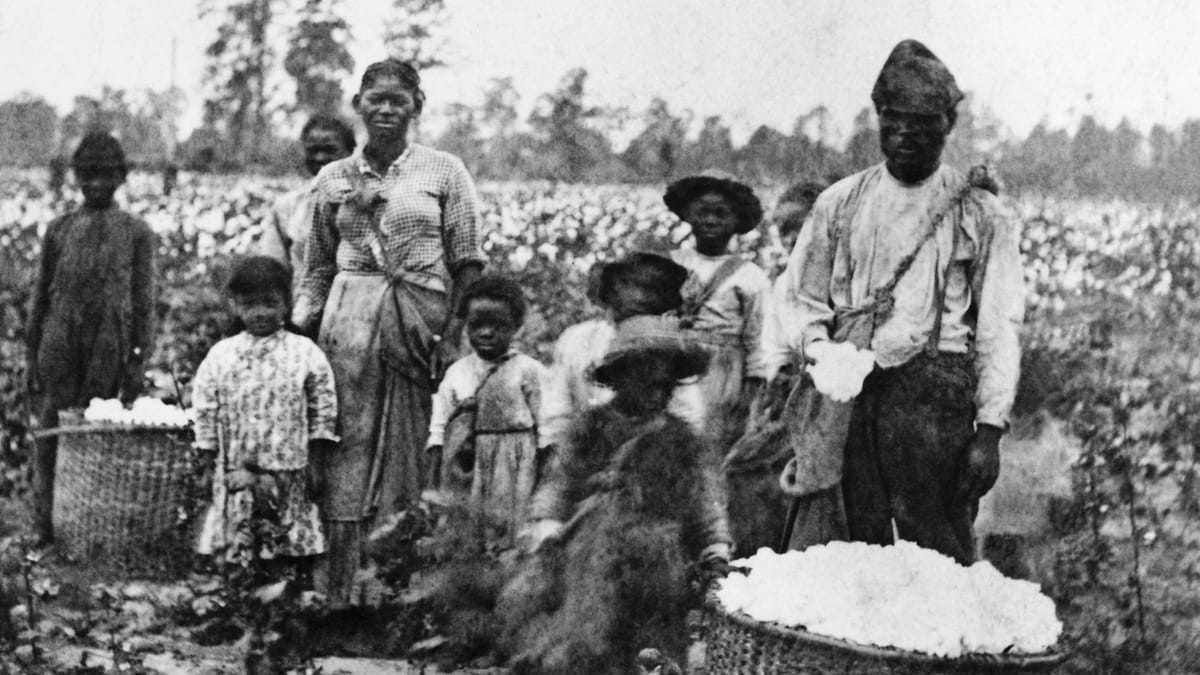Beyond the Myth: How Many Americans Actually Owned Slaves?

American history is deeply intertwined with the brutal institution of slavery. Images of sprawling plantations and vast numbers of enslaved people dominate the popular imagination. But how accurate is this picture? How many Americans actually owned slaves?
A Nation Divided: The South and Slavery
The reality is far more nuanced. While slavery was undeniably a national institution, its presence varied dramatically across different regions. The South, with its reliance on labor-intensive crops like cotton, depended heavily on enslaved people. In 1860, on the eve of the Civil War, estimates suggest that around 30% of white Southern families owned slaves. [This number can vary depending on source and methodology, but most fall within the 25–35% range] However, ownership was concentrated. The vast majority of slaveholders possessed a relatively small number of enslaved people, with only a tiny elite owning hundreds or even thousands.
The North and the Paradox
The North, with its focus on industry and commerce, had a far lower rate of slave ownership. In fact, most Northern states had abolished slavery by the early 19th century. However, the North wasn’t entirely innocent. Northern industries and financial institutions profited immensely from the cotton produced by slave labor in the South. Additionally, many Northern ships participated in the transatlantic slave trade, transporting enslaved people across the Atlantic Ocean.
Beyond Ownership: A Nation Complicit
Focusing solely on ownership paints an incomplete picture. Even in the North, where slavery was not widespread, racist ideologies and discriminatory practices thrived. Northern states often enacted Black Codes, laws restricting the rights and freedoms of free Black people. These laws served to maintain a racial hierarchy that benefited white society, even in the absence of widespread slave ownership.
The Legacy of Slavery: Still Resonating Today
The consequences of slavery continue to shape American society today. Wealth disparities between Black and white Americans can be traced back to the economic advantages accrued by slaveholders. Racial segregation in housing and education also has its roots in the legacy of slavery.
Understanding the Nuances: Why Numbers Matter
Accurately understanding the extent of slave ownership is crucial for a clear-eyed view of American history. The myth that “all Southerners owned slaves” not only distorts the past but also obscures the complexity of the issue. Many white Southerners did not own slaves, and some even actively opposed the institution.
Moving Forward: A Shared Responsibility
Examining the true scope of slave ownership allows us to move beyond simplistic narratives and engage in a more honest conversation about race in America. By confronting this uncomfortable truth, we can begin to dismantle the systems of racial inequality that continue to cast a long shadow over the nation.
Further Exploration:
- PBS Africans in America: https://www.pbs.org/wgbh/aia/home.html
- Gilder Lehrman Institute: Statistics: Slaves and Slaveholdings: https://www.gilderlehrman.org/history-resources/teaching-resource/historical-context-economics-slavery





